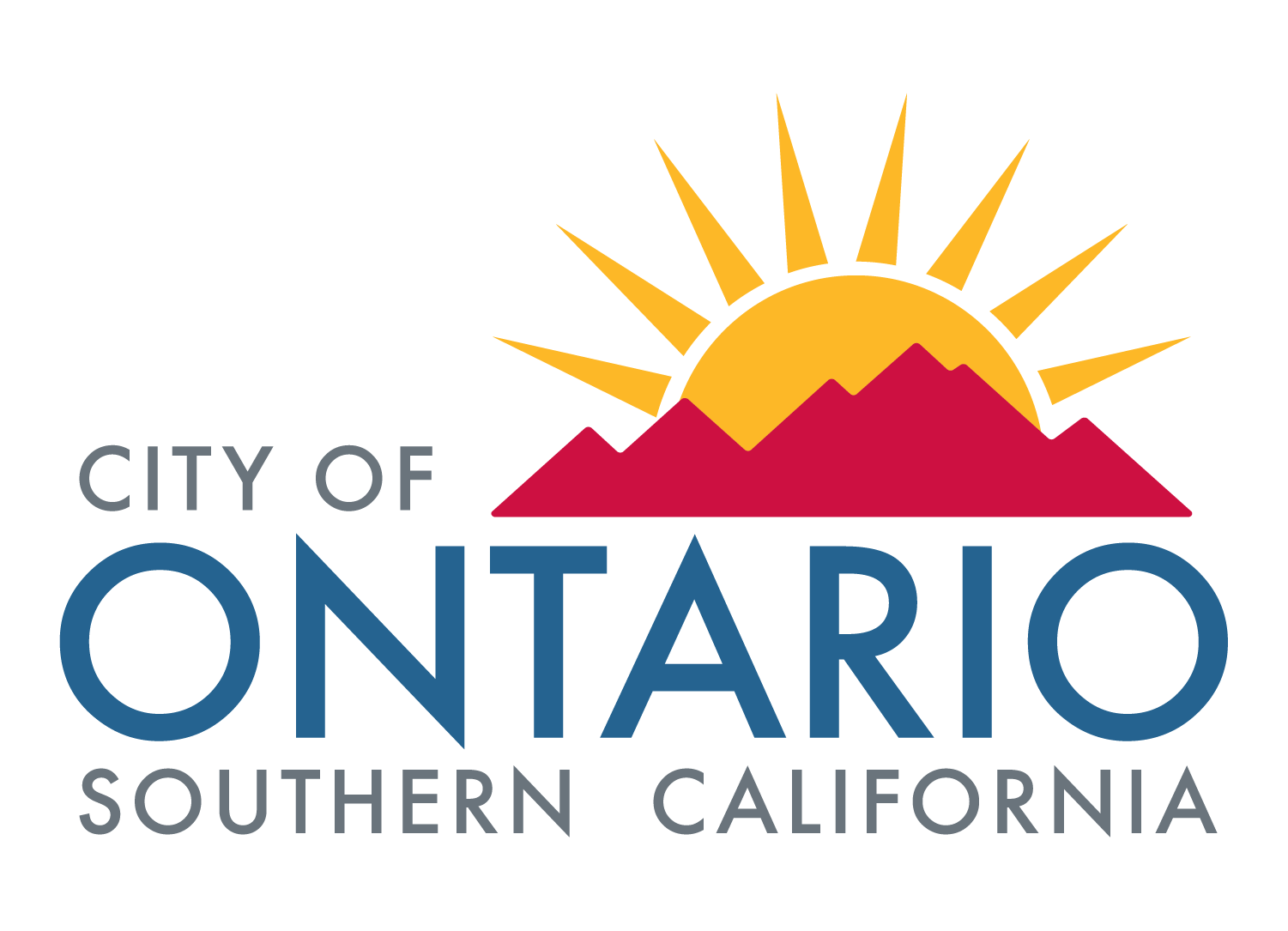The City of Ontario has updated our Local Hazard Mitigation Plan. This plan will help create a safer community for residents, businesses, and visitors. The LHMP allows public safety officials and city staff, elected officials, and members of the public to understand the threats from natural and human-caused hazards in our community. The plan will also recommend specific actions to proactively decrease these threats before disasters occur.
| Approved Final Plan Here |
WHY HAVE AN LHMP?
An LHMP will let Ontario better plan for future emergencies. Usually, after a disaster occurs, communities take steps to recover from the emergency and rebuild. An LHMP is a way for the City to better prepare in advance of these disasters, so when they do occur, less damage occurs, and recovery is easier. Our community can use LHMP strategies to reduce instances of property damage, injury, and loss of life from disasters. Besides protecting public health and safety, this approach can save money. Studies estimate that every dollar spent on mitigation saves an average of four dollars on response and recovery costs. An LHMP can also help strengthen the mission of public safety officers, such as police and fire department staff, providing them with clear roles and responsibilities to build a safer community.
Besides helping to protect Ontario, our LHMP will make the City eligible for grants from the Federal Emergency Management Agency (FEMA) that can be used to further improve safety and preparedness in the community. Having an adopted LHMP can also make Ontario eligible to receive more financial assistance from the State when disasters do occur.
WHAT IS IN OUR LHMP?
The City of Ontario LHMP includes four main sections:
-
A summary of the natural and human-caused hazards that pose a risk to our community. This will include descriptions of past disaster events and the chances of these disasters occurring in the future.
-
An assessment of the threat to Ontario, which will describe how our community is vulnerable to future disasters. The plan will look at the threat to important buildings and infrastructure, such as police and fire stations, hospitals, roads, and utility lines. It will also look at the threat to community members, particularly vulnerable populations.
-
A hazard mitigation strategy, which will lay out specific policy recommendations for Ontario to carry out over the next five years. These recommendations will help reduce the threat that our community faces from hazard events.
-
A section on maintaining the plan, which will help ensure that our LHMP is kept up-to-date. This will make it easier for us to continue to proactively protect ourselves, and will also keep the City eligible for additional funding.
WHAT HAZARDS WILL OUR LHMP HELP PROTECT AGAINST?
The City current plan addresses the following natural and human-caused hazards:
-
Earthquake/Geologic Hazards
-
Flooding
-
Extreme Weather (High Winds, Extreme Heat Days, Severe Rainstorms)
-
Hazardous Materials Release
-
Human Caused Hazards (Transportation Incidents, Terrorism, Communications Failure)
-
Urban Fire
-
Dam Failure/Inundation
-
Climate Change (Discussed within each hazard)
Our LHMP will also look at how climate change may affect these hazards and may include other hazards that pose a threat to our community.
HOW IS OUR LHMP BEING PREPARED?
The City assembled an Emergency Management Working Committee, which includes representatives from City Departments and supported by key stakeholders, and technical consultants. Together, these participants form the project team responsible for guiding the overall development of our LHMP.
WHEN WILL OUR LHMP BE UPDATED AGAIN?
The Ontario City Council adopted the final LHMP in November of 2023. In order to continue to be eligible for hazard mitigation grant dollars the City of Ontario will need to update this plan in five years, which will be November of 2028.
WHAT CAN I DO NOW TO BE BETTER PREPARED FOR DISASTERS?
-
Know the hazards that may affect you at your home, work, or school. You can find out more at http://myhazards.caloes.ca.gov/.
-
Assemble an emergency kit for your home. In a disaster, you may have to rely on supplies in your emergency kit for at least three days. Be sure to include supplies for any pets and anyone in your home with special needs. Learn more at https://www.ready.gov/kit.
-
Have a disaster plan for your household, including how people should contact each other if a disaster occurs and where you should meet.
-
Learn about your neighbors and how to help them. In a disaster, emergency responders may not be able to reach your neighborhood for a while. Know if your neighbors have any special needs, and be sure to check on them as soon as you can.
-
Make sure your homeowner’s or renter’s insurance covers you from disasters such as earthquakes and floods. If these disasters occur, having good insurance coverage will help you recover easier.
-
Volunteer with an emergency response or community service organization that does work on disaster education and preparation.
-
Speak to your employer about creating a disaster recovery, workforce communication, and/or business continuity plan. If they already have one or more of these plans in place, make sure you and your co-workers know it.
-
Join Ontario CERT, a group of volunteers trained by the City to assist emergency responders during disasters. Training is free and offered throughout the year. Find more information at www.ontarioca.gov/CERT.

